I see this thread is a couple of years old, so I hope you folks don't mind if I jump in here and add a few comments and photos of my own.
This first picture is front view of my Daka central wood burning furnace, made in Pine City, Minnesota. I made a trip to the factory and purchased my furnace there in February 2010.
The Daka wood furnace is tied in next to my propane-fired forced air furnace. The Daka also has forced air. The two furnaces share the duct work in the home. The propane furnace was once our only source of heat in the house, but it now serves only as a back-up heat source, which kicks in only when we're away longer than a full load of wood burn, or about 8 hours.

This next photo shows the duct work which the two furnaces now share. Dead center in the photo is the cold air return, which feeds directly into the bottom of both furnaces. The two round tubes above come from the wood burning furnace and are fed into the hot air duct work above the propane furnace. Inside the large duct, the two round tubes have 90 degree angles installed, facing upward, which prevents all but a very small amount of recirculation between the two furnaces........in other words, almost no blowback.

In the following photo you can see the hot water tube that runs from my wood burning stove to my water heater, which provides the home with free hot water all winter long. There is no pump. No pump is needed. The system operates all on its own, so long as no gas bubbles get trapped in the system. The little black canister at the top is an automatic air vent. Should any gas bubbles form, the automatic air vent removes them, allowing the natural circulation process to continue. There is a similar tube running from the bottom of the water heater to the wood burner. Cold water enters the wood burner from below.......gets heated by the burning wood in the firebox.....then exits the furnace and enters the top of the water heater. A tridicator (fancy gauge) is located at the top of the water heater, which provides us with temperature and pressure readings. A manually adjustable indicator on the dial provides a warning to the operator when the temperature and pressure become too high.........at which time the pressure relief valve can be manually operated if desired. The pop-off valve will function entirely on its own, should the operator fail to manually relieve the pressure.

Here's a better picture of the black automatic air vent, as well as the tridicator gauge. Mounted between the two is the pressure pop-off valve.

This last photo is of the back of the Daka wood burning furnace. Shown here is the optional hot water tube, which is installed off to the left side of the firebox (as seen from the front). The upper tube is the hot water supply which has already been heated by wood and is heading back to the water heater. The lower tube is from the bottom of the water heater and enters the back of the wood burner as cold water......or maybe a bit warm already........as the system is continuously circulating.

Promise not to get too critical of me here. I installed the whole thing myself.
Joel
 My dearly departed cat would have agreed that being under the stove is a good way to snooze. Being inside didn't work out for him too well once.
My dearly departed cat would have agreed that being under the stove is a good way to snooze. Being inside didn't work out for him too well once.











